How the B-52 Lands in Crosswinds
Fear of Landing
JULY 11, 2025
Like the comment above you says, there would be great risk of a wingtip hitting the ground if it tried to make up for having no rudder with ailerons or body roll, etc. The most practical solution was to make the gear swivel so pilots could land the f *r sideways while using engine thrust to counteract the force of the crosswind.

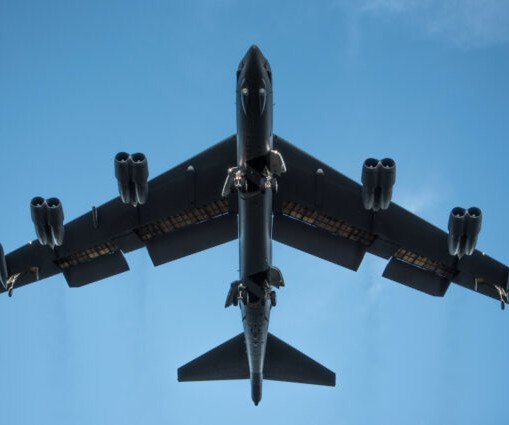







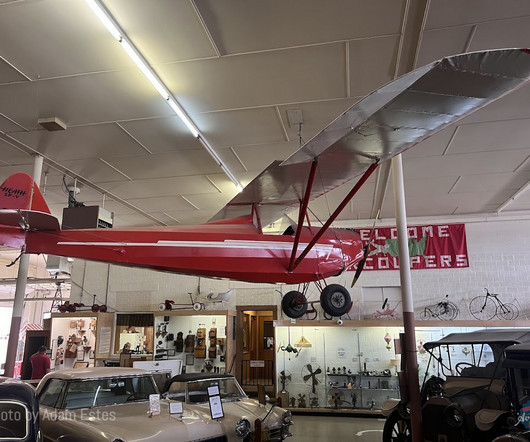
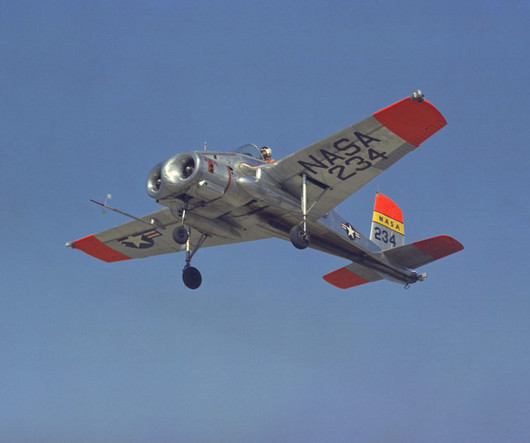

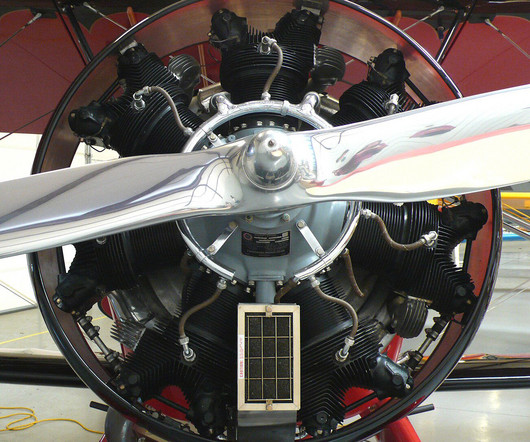
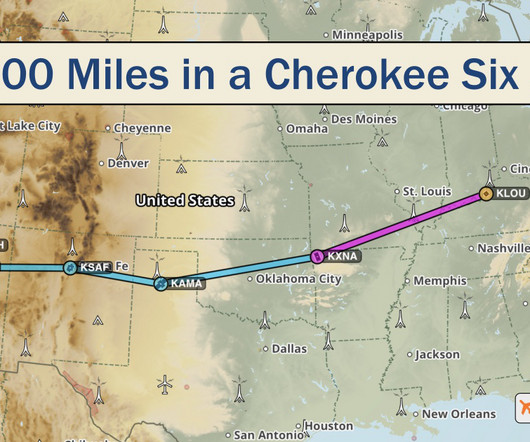
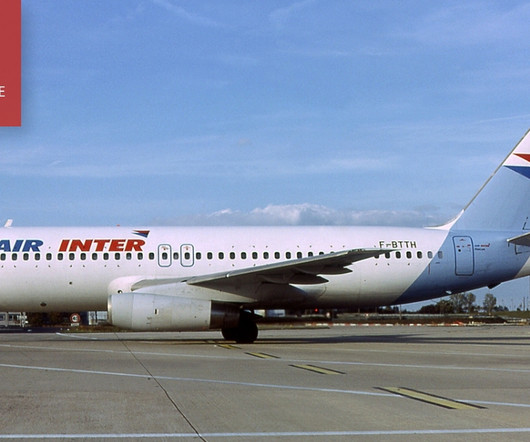
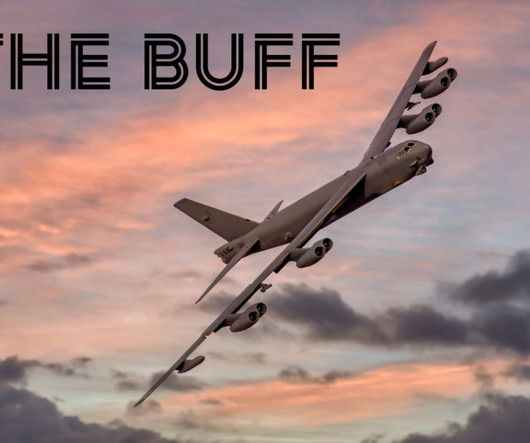

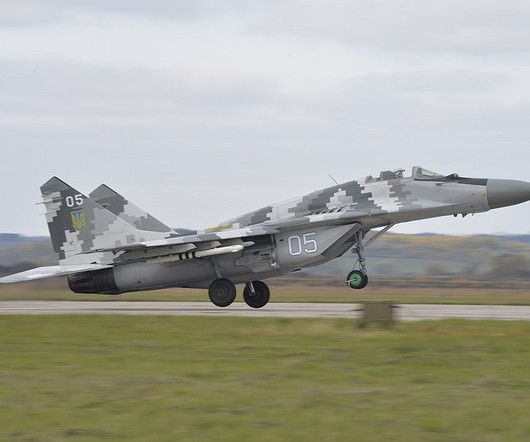






Let's personalize your content